Pediatrician’s Invention to Stop Pain of Injections Could Improve Public Health
/
Many parents bring their infants and young children to the doctor for injections and leave muttering “there’s got to be a better way,” their child in tears or traumatized by the shot – or shots – administered to prevent illness and disease. When Amy Baxter left the pediatrician’s office with her youngster, she resolved to find that better way.
Baxter, who attended Yale University as an undergraduate, Emory Medical School, and is now an emergency pediatrician, pain researcher and inventor in Atlanta, successfully developed - with financial support from the National Institute of Health – a game-changing device that combines high frequency, low amplitude vibration and a unique reusable ice pack a combination s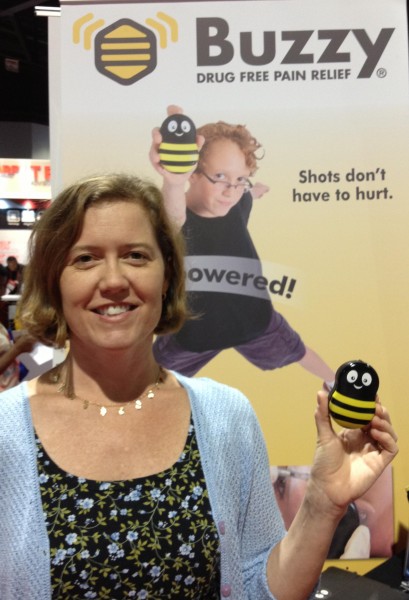 pecifically designed to remove pain from the injection.
pecifically designed to remove pain from the injection.
By stimulating competing sensations, nerve transmission of sharp pain, itching, or burning is blocked. Simply put, the shots don’t hurt – and independently verified research indicates that it works.
As inventor of the unique needle pain blocking device - called Buzzy - Baxter founded a company that manufactures and distributes the product nationwide. It is now in 1,200 children’s and adult hospitals across the country, including Yale-New Haven Hospital, Connecticut Children’s Medical Center, and Lawrence & Memorial Hospital in New London, and it is being used in Connecticut, with varying frequency, by about 100 physicians in medical practices all across the state, from Ashford to Westport.
Buzzy is a bee-shaped palm sized device (wings included) that appears as cute as a toy but has a more important mission – to alleviate pain, thus eliminating the onset of fear. Baxter’s company, Georgia-based MMJ Labs, produces the fast, effective solution– which has applications beyond children, and beyond injections, to other ailments and sources of quick, sharp pain.
Since its launch in 2009, Buzzy has amassed more than 36,000 users, $1 million in annual revenue, and rapidly increasing s ales. Baxter is one of Inc. Magazine’s Top Women in Tech to Watch, and is asked all over the world to educate physicians, nurses, Child Life specialists, and others about the importance of pain management.
ales. Baxter is one of Inc. Magazine’s Top Women in Tech to Watch, and is asked all over the world to educate physicians, nurses, Child Life specialists, and others about the importance of pain management.
“I invented Buzzy after experiencing first-hand the indifference of the healthcare system to the pain and suffering of children. As a pediatric emergency physician and pain researcher, I have learned that pain relief is not just a luxury; it actually improves the outcomes of procedures,” Baxter explains.
Data indicates that fear of needles is growing among children and the general population, and Baxter says that’s reason for concern. Especially troubling is the long-term impact of a growing population o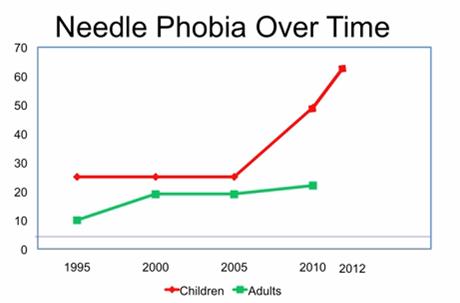 f needle-averse adults will have on their own health and the health care system.
f needle-averse adults will have on their own health and the health care system.
She cites statistics that reflect a dramatic increase in the number and frequency of shots children receive as youngsters – as much as four times higher than 50 years ago – and sometimes as many as four or five shots in a single doctor’s office visit. And she stresses that pediatricians generally do little or nothing to try to diminish the pain that accompanies those injections. That, Baxter says, has dramatic and long-lasting effects, on children as well as their parents. The youngsters come to view the visits as more about pain than health, and the parents begin to have second thoughts about continuing to inflict the pain of needles on their children, often regardless of the potential benefits.
In a TEDx talk in Atlanta last month, Baxter discussed the public health repercussions of having populations whose fear of vaccinations could turn them 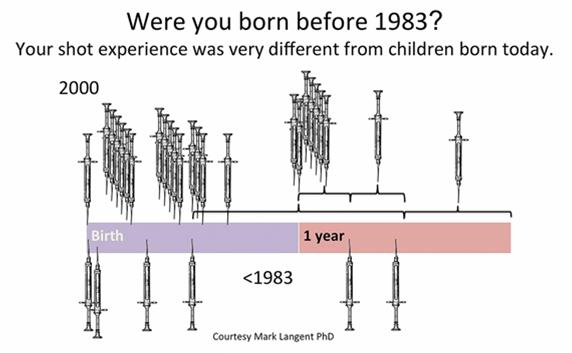 away from the very remedies that can improve their individual health and the health of entire populations, warning that “by ignoring pain we’re endangering the future of health care.”
away from the very remedies that can improve their individual health and the health of entire populations, warning that “by ignoring pain we’re endangering the future of health care.”
In the talk, titled “Pain, Empathy and Public Health,” Baxter warned that “the number and the way were giving shots is causing needle fear” which may lead to today’s children electing to stay away or delay visits to doctor’s offices as adults – at considerable potential health peril.
In the face of a potential “public health tsunami,” Baxter says “the solution is not to stop vaccinating, it’s to start making the shots better— vaccines shouldn't have to hurt.”


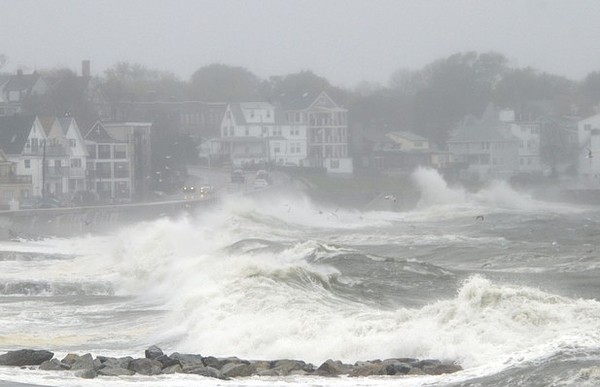 That would mean that by the middle of this century, the one-in-10 year flood level at Atlantic City, for example, would exceed any flood level seen previously, including the natural disaster that was Superstorm Sandy. The scientists suggest, based on their research, that “planners should account for rising sea levels,” noting that “where the consequences of flooding are high, prudent planning requires consideration of high-end projections” outlined in their study.
That would mean that by the middle of this century, the one-in-10 year flood level at Atlantic City, for example, would exceed any flood level seen previously, including the natural disaster that was Superstorm Sandy. The scientists suggest, based on their research, that “planners should account for rising sea levels,” noting that “where the consequences of flooding are high, prudent planning requires consideration of high-end projections” outlined in their study. . “I believe that the projections for bedrock locations are applicable throughout Connecticut,” said Miller, a professor of earth and planetary sciences in Rutgers' School of Arts and Sciences.
. “I believe that the projections for bedrock locations are applicable throughout Connecticut,” said Miller, a professor of earth and planetary sciences in Rutgers' School of Arts and Sciences. 
 vel rise in the mid-Atlantic region also results from changes in ocean dynamics. The researchers said sea-level rise could be higher -- 2.3 feet by mid-century and 5.9 feet by the end of the century -- depending on how sensitive the Gulf Stream is to warming and how fast the ice sheets melt in response to that warming.
vel rise in the mid-Atlantic region also results from changes in ocean dynamics. The researchers said sea-level rise could be higher -- 2.3 feet by mid-century and 5.9 feet by the end of the century -- depending on how sensitive the Gulf Stream is to warming and how fast the ice sheets melt in response to that warming. c organization representing more than 62,000 members in 144 countries.
c organization representing more than 62,000 members in 144 countries.
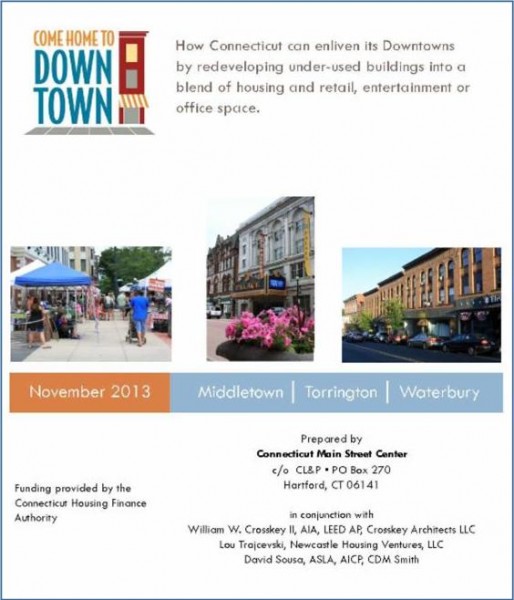 in mixed-use neighborhoods are one-third to one-half lower than in suburban areas. It has been estimated that every downtown in Connecticut has at least one building that is under-utilized, containing a store or restaurant on the first floor, but with upper floors that are vacant or used for storage that could instead generate income if converted to apartment homes.
in mixed-use neighborhoods are one-third to one-half lower than in suburban areas. It has been estimated that every downtown in Connecticut has at least one building that is under-utilized, containing a store or restaurant on the first floor, but with upper floors that are vacant or used for storage that could instead generate income if converted to apartment homes.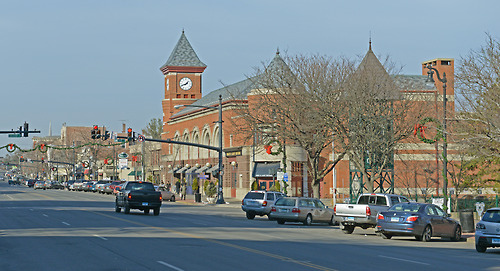 ent, they are often not enough to enable mixed-use growth. Favorable zoning regulations are important, but they cannot create mixed-use development by themselves. Each of the pilot communities had zoning policies that allowed for buildings with a mix of uses - a practice which should be commended and encouraged - but there were still significant impediments to promoting this type of growth. In addition, lessening current on-site parking requirements as a whole will also help promote housing in our downtowns.
ent, they are often not enough to enable mixed-use growth. Favorable zoning regulations are important, but they cannot create mixed-use development by themselves. Each of the pilot communities had zoning policies that allowed for buildings with a mix of uses - a practice which should be commended and encouraged - but there were still significant impediments to promoting this type of growth. In addition, lessening current on-site parking requirements as a whole will also help promote housing in our downtowns. rence of municipal leaders devoted solely to exploring entrepreneurship.
rence of municipal leaders devoted solely to exploring entrepreneurship.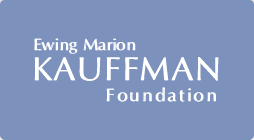 ard trend in overall new firm formation starting after 2006. Nationally, the trend reversed and started to recover in 2011. No metropolitan area escaped this downward trend, but there are differences among regions in the timing of the downturn and subsequent recovery.
ard trend in overall new firm formation starting after 2006. Nationally, the trend reversed and started to recover in 2011. No metropolitan area escaped this downward trend, but there are differences among regions in the timing of the downturn and subsequent recovery.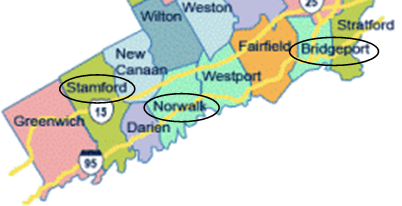

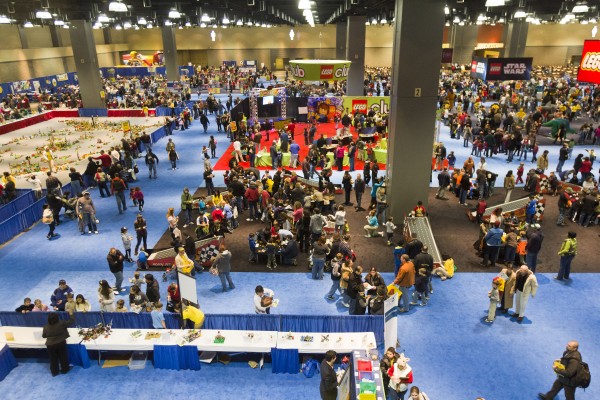 At each tour stop, the LEGO KidsFest partners with national and local organizations and businesses whose products, services and promotional efforts are kid-friendly and beneficial to attendees. Next year, the tour will again run in seven cities:
At each tour stop, the LEGO KidsFest partners with national and local organizations and businesses whose products, services and promotional efforts are kid-friendly and beneficial to attendees. Next year, the tour will again run in seven cities: 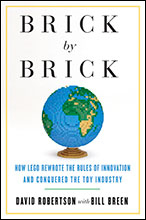 ades, outlines the company’s trials, tribulations (including near-bankruptcy in 2003), innovations and success, observing that “The LEGO Group’s leaders believe that to discover the next big growth opportunity, the company must adhere to a fundamental truth about innovation: the more experiments you launch, the more likely it is that one will strike gold.” KIdsFest is but one example.
ades, outlines the company’s trials, tribulations (including near-bankruptcy in 2003), innovations and success, observing that “The LEGO Group’s leaders believe that to discover the next big growth opportunity, the company must adhere to a fundamental truth about innovation: the more experiments you launch, the more likely it is that one will strike gold.” KIdsFest is but one example.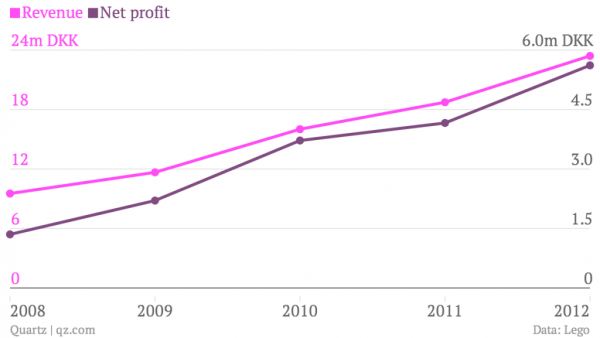 Last month, it was
Last month, it was 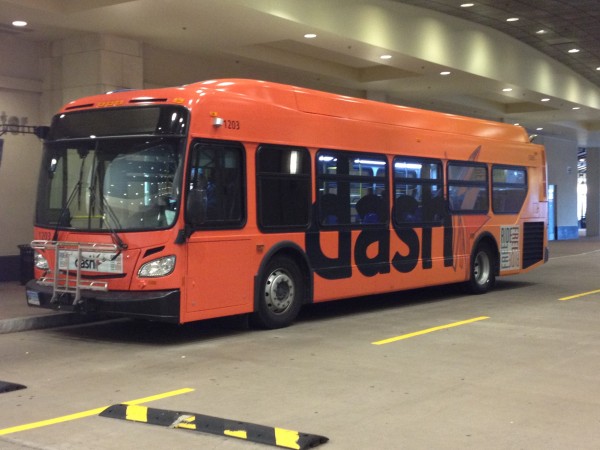 n among CT TRANSIT, CT DOT, the City of Hartford, the Capitol Region Development Authority, the Hartford Business Improvement District, the Hartford Metro Alliance, and the Connecticut Convention & Sports Bureau.
n among CT TRANSIT, CT DOT, the City of Hartford, the Capitol Region Development Authority, the Hartford Business Improvement District, the Hartford Metro Alliance, and the Connecticut Convention & Sports Bureau. ted the time has come to showcase the rebranding and new shuttle name! I chose "dash" not only because of the acronym (Downtown Area SHuttle) but also because it's an action word --"dash," to me, is exciting, inviting, and invokes you to hop on and discover Downtown."
ted the time has come to showcase the rebranding and new shuttle name! I chose "dash" not only because of the acronym (Downtown Area SHuttle) but also because it's an action word --"dash," to me, is exciting, inviting, and invokes you to hop on and discover Downtown." nd the vehicles alternate in providing the service. The DASH shuttle is a service of the CT Department of Transportation and operated by CT TRANSIT. Information on the route and extended service hours can be found at
nd the vehicles alternate in providing the service. The DASH shuttle is a service of the CT Department of Transportation and operated by CT TRANSIT. Information on the route and extended service hours can be found at  Young people are drinking more coffee than in recent years, according to the data compiled by the
Young people are drinking more coffee than in recent years, according to the data compiled by the  he National Coffee Association data indicates that 76 percent of adult Hispanic-Americans said they drank coffee yesterday, 13 percentage points ahead of the total population. By comparison, 47 percent of African-Americans and 64 percent of Caucasian-Americans said they drank coffee yesterday.
he National Coffee Association data indicates that 76 percent of adult Hispanic-Americans said they drank coffee yesterday, 13 percentage points ahead of the total population. By comparison, 47 percent of African-Americans and 64 percent of Caucasian-Americans said they drank coffee yesterday. t the program focus on learning about one’s own leadership personality, participatory decision- making, effective group dynamics and leadership practices, including change leadership. The field experiences allow participants to meet the area’s key players and organizations, better understand the region’s assets and challenges, and gain a greater understanding of creative problem solving while leveraging limited resources.
t the program focus on learning about one’s own leadership personality, participatory decision- making, effective group dynamics and leadership practices, including change leadership. The field experiences allow participants to meet the area’s key players and organizations, better understand the region’s assets and challenges, and gain a greater understanding of creative problem solving while leveraging limited resources.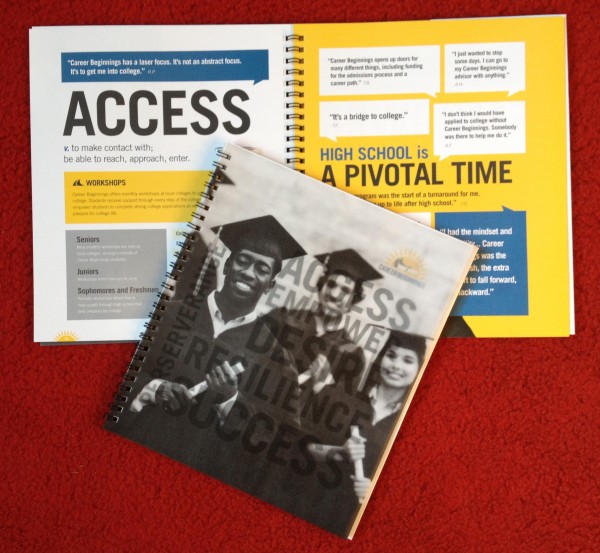 Consortium for Higher Education (HCHE) to create a media device that would tell the story of the Career Beginnings program, which connects Hartford-area high schools, businesses, volunteers/mentors and parents in a coordinated effort to increase the percentage of Hartford teenagers who graduate from high school, pursue higher education and fulfill career goals.
Consortium for Higher Education (HCHE) to create a media device that would tell the story of the Career Beginnings program, which connects Hartford-area high schools, businesses, volunteers/mentors and parents in a coordinated effort to increase the percentage of Hartford teenagers who graduate from high school, pursue higher education and fulfill career goals.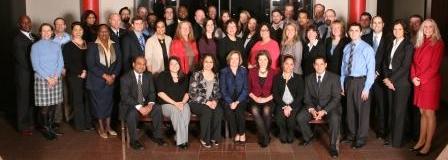 ).
).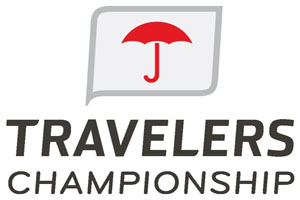
 llars raised in the Birdies for Charity pledge-based fundraiser and the Chip In for Charity ticket-sales fundraiser. Additionally, the Travelers Championship raised awareness and funds for local charities through a variety of special events like the Birdies for the Brave Golf Outing, BlumShapiro 5K for Charity, Premier Limo First Tee Classic, Military Appreciation presented by Saint Francis Care, Golf Digest Junior Pro-Am, Northstar Wealth Partners Celebrity Mini Golf Tournament, Women's Day presented by Travelers, Powerstation Events Concert Series, and the LEGO® Children's Charity Golf Tournament.
llars raised in the Birdies for Charity pledge-based fundraiser and the Chip In for Charity ticket-sales fundraiser. Additionally, the Travelers Championship raised awareness and funds for local charities through a variety of special events like the Birdies for the Brave Golf Outing, BlumShapiro 5K for Charity, Premier Limo First Tee Classic, Military Appreciation presented by Saint Francis Care, Golf Digest Junior Pro-Am, Northstar Wealth Partners Celebrity Mini Golf Tournament, Women's Day presented by Travelers, Powerstation Events Concert Series, and the LEGO® Children's Charity Golf Tournament. well among the top 101, with no less than five pizza selected – including another top ten selection – the Tomato Pie at
well among the top 101, with no less than five pizza selected – including another top ten selection – the Tomato Pie at  he sausage pie from
he sausage pie from  crust! It's coal-fired perfection, thin yet substantial - a true feat of pizza engineering. You can pick up a slice, and it won't flop over like most new-school Neapolitan pies. The most justly famous option is the white clam, piled with out-of-the-shell longnecks and a healthy dose of garlic - it's briny, creamy, chewy and a true revelation,” Zagat pointed out.
crust! It's coal-fired perfection, thin yet substantial - a true feat of pizza engineering. You can pick up a slice, and it won't flop over like most new-school Neapolitan pies. The most justly famous option is the white clam, piled with out-of-the-shell longnecks and a healthy dose of garlic - it's briny, creamy, chewy and a true revelation,” Zagat pointed out. om Rhode Island, on the half shell, as an appetizer. This occurred around the mid 1960's, the website explains, and gradually became popular through the years.
om Rhode Island, on the half shell, as an appetizer. This occurred around the mid 1960's, the website explains, and gradually became popular through the years.


























